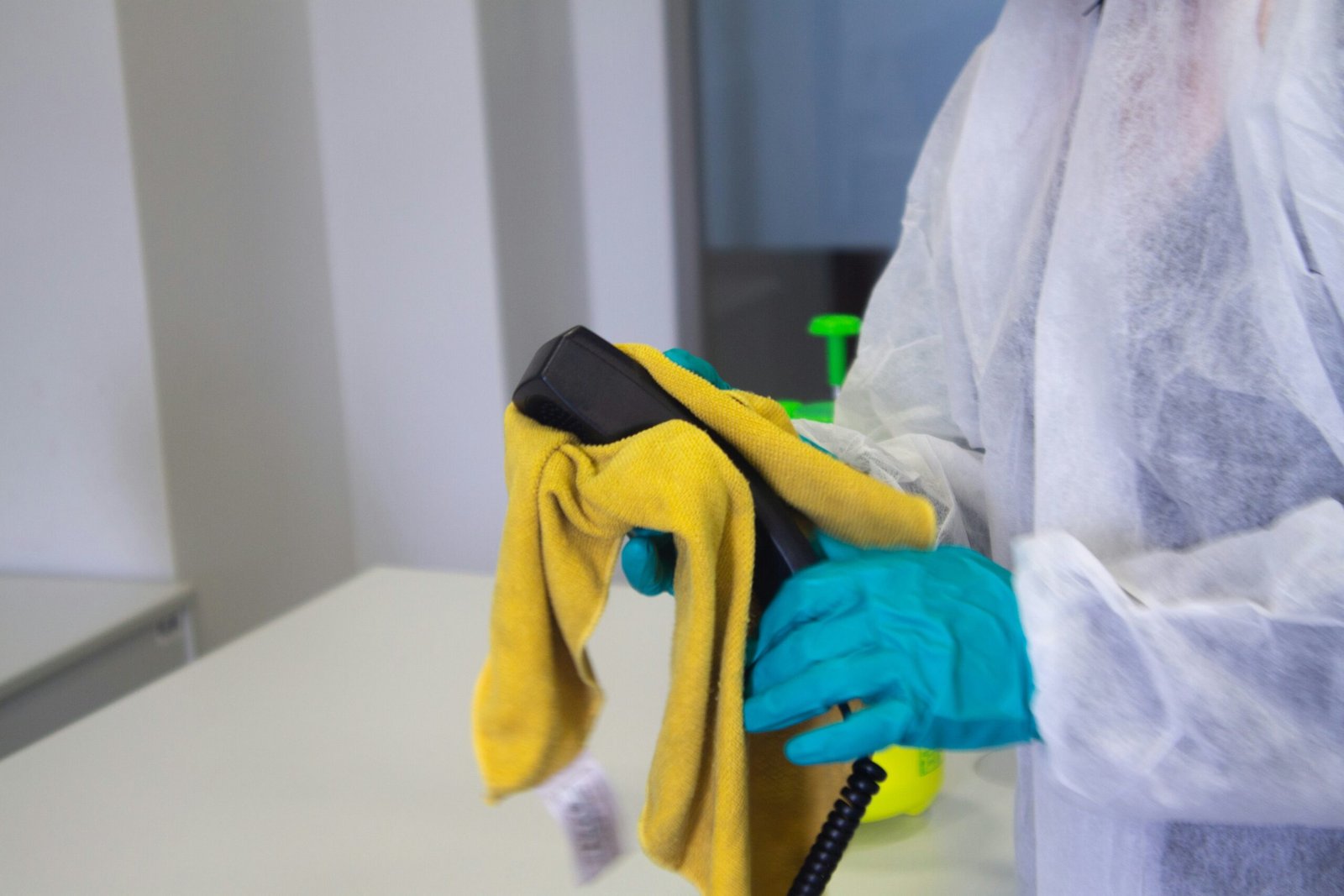Why is it important to keep sanitary facilities clean and disinfected?
Keeping sanitation stations clean and disinfected is an important aspect of keeping people safe and healthy. Whether it is a public place, work area or home environment, proper hygiene and disinfection help prevent the spread of infections, diseases and maintain public health.
How to keep sanitary facilities clean
To keep sanitary facilities clean, it is necessary to carry out regular cleaning and follow certain hygiene measures. Here are some basic recommendations:
- Regularly clean and disinfect surfaces that people frequently touch, such as doorknobs, railings, light switches, and other objects.
- Use disinfectants recommended by public health organizations.
- Clean up trash regularly and dispose of it properly to prevent bacterial growth and unpleasant odors.
- Provide handwashing and disinfection supplies in an easy-to-use location.
Why disinfect sanitary facilities?
Disinfection of sanitary facilities plays an important role in preventing the spread of infections and diseases. Viruses, bacteria and other pathogens can be found on surfaces and objects in sanitation facilities, and without regular disinfection they can be transmitted from person to person.
Disinfection helps destroy these pathogens and reduce the risk of infection. It is especially important to disinfect public areas such as restrooms, kitchens, gyms and healthcare facilities, where people may be more susceptible to contact with bacteria and viruses.
How to properly disinfect sanitary facilities
To properly disinfect sanitation stations, certain steps must be followed and effective disinfectants must be used. Here are some recommendations:
- Select the appropriate disinfectant according to recommendations from public health organizations.
- Follow the instructions for use of the disinfectant and dilute it correctly if necessary.
- Apply the disinfectant to surfaces and leave it for a few minutes to allow it to work.
- Properly dispose of used rags or sponges to avoid re-infestation.
In addition to regular cleaning and disinfection, it is also important to educate people about hygiene rules and encourage compliance. This may include providing information on proper hand washing, use of hand sanitizers and other measures to prevent the spread of infections.
Conclusion
Keeping sanitation stations clean and disinfected is an important aspect of keeping people safe and healthy. Regular cleaning and disinfection help prevent the spread of infection and disease and maintain public health. Maintaining good hygiene and educating people about basic hygiene are also important measures to keep sanitation facilities clean and safe.

